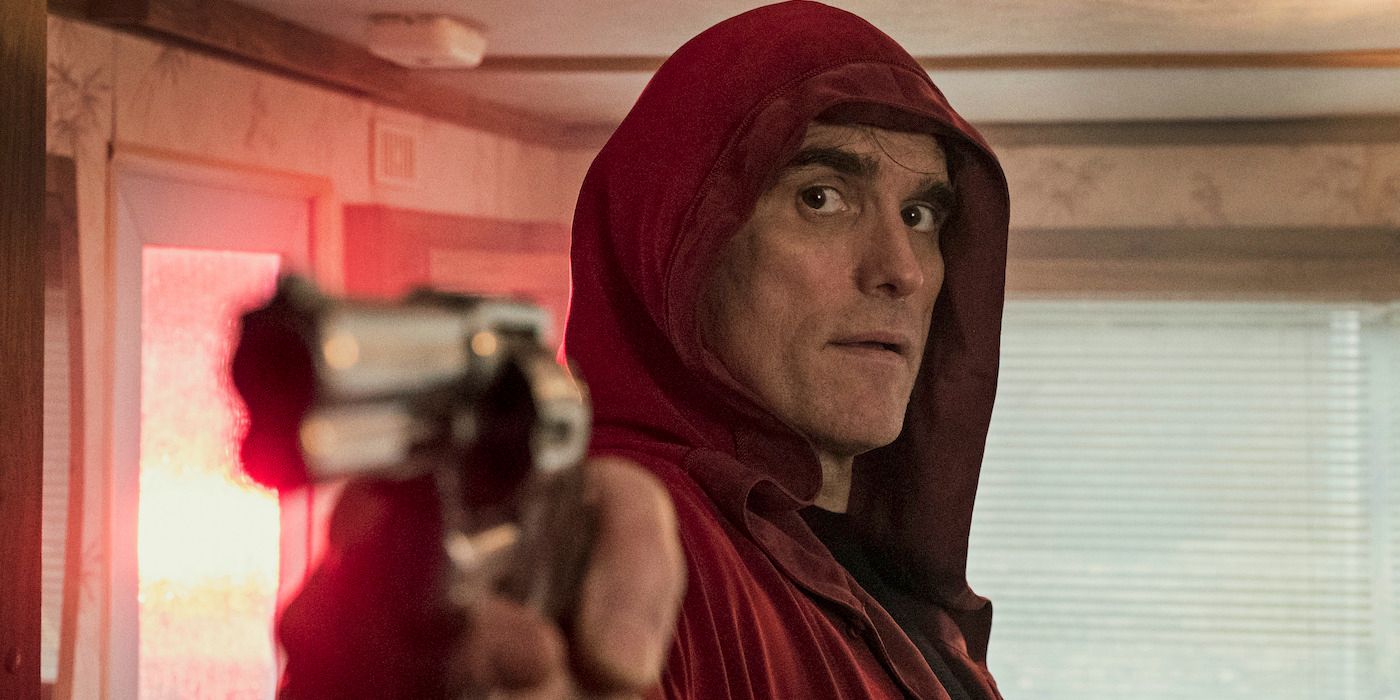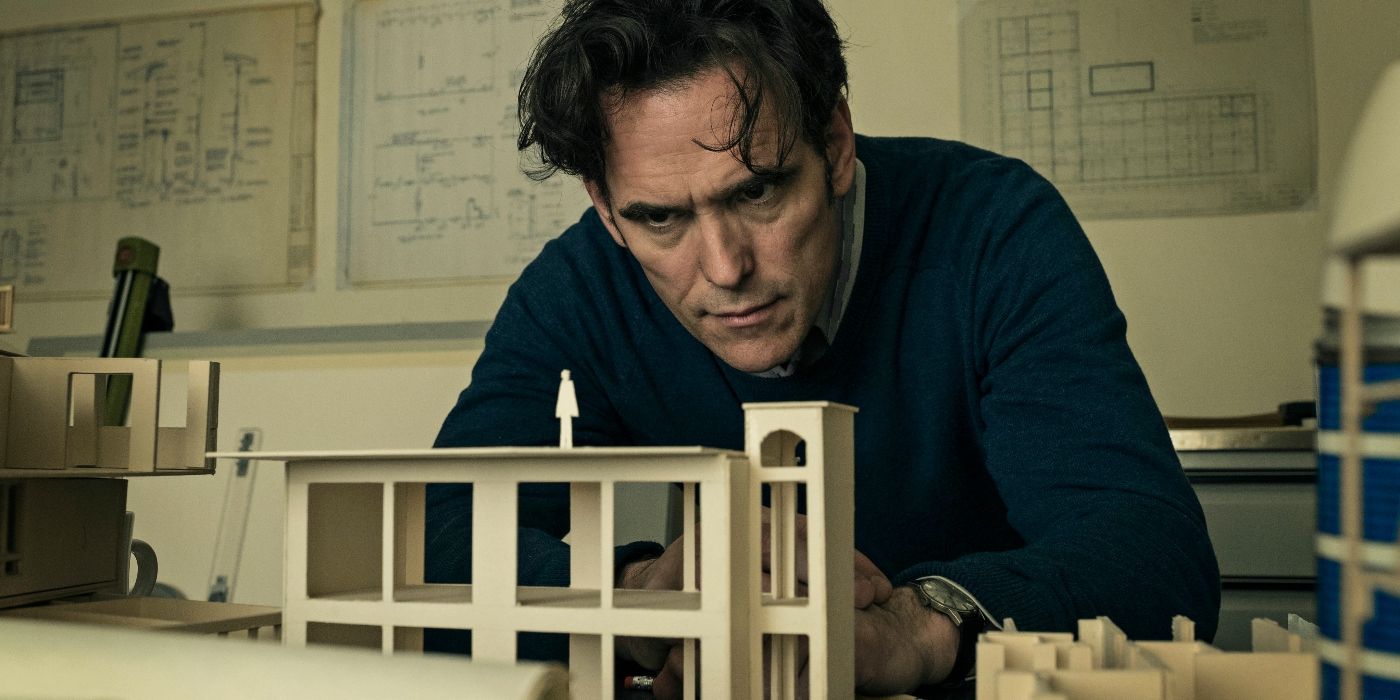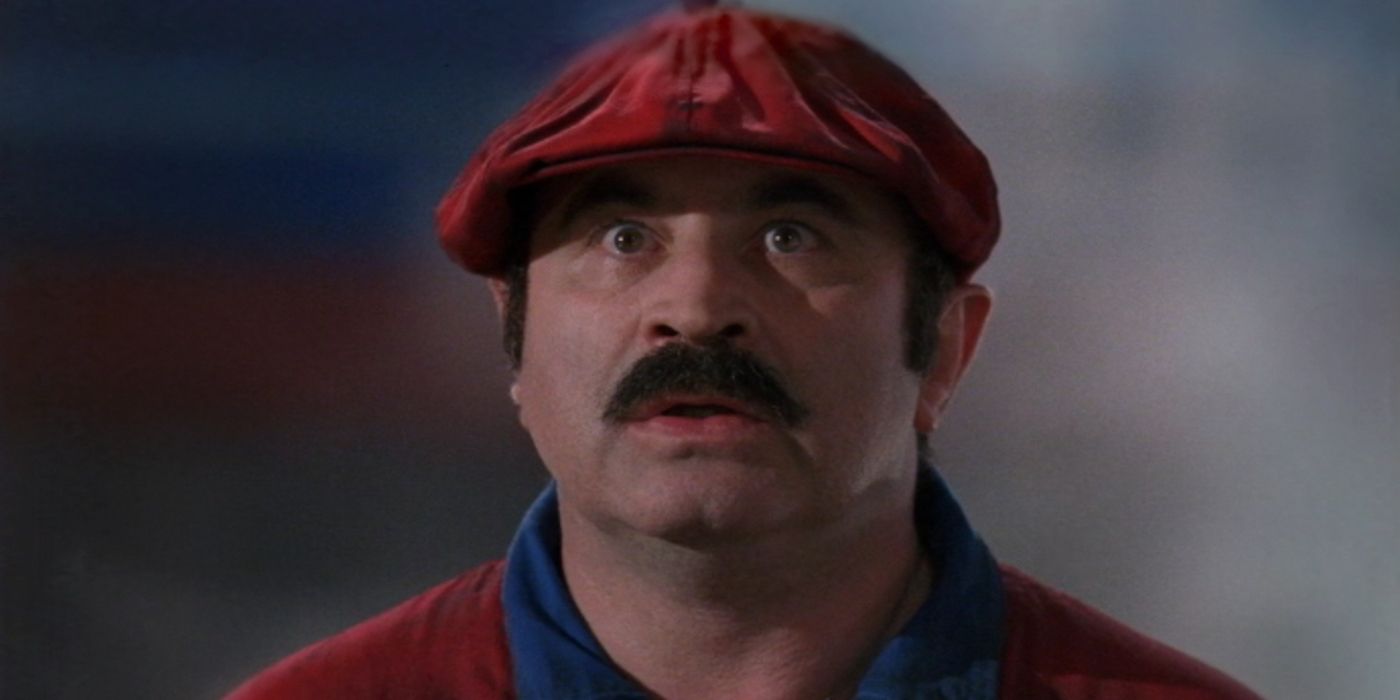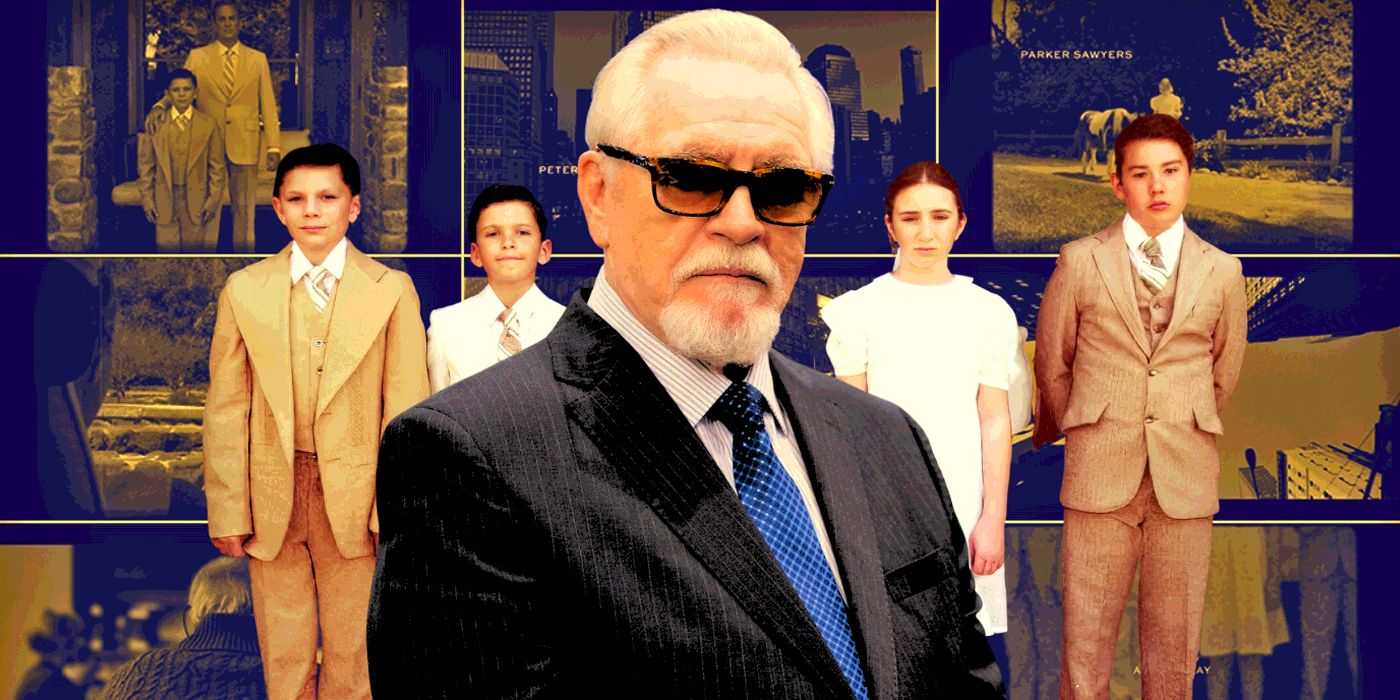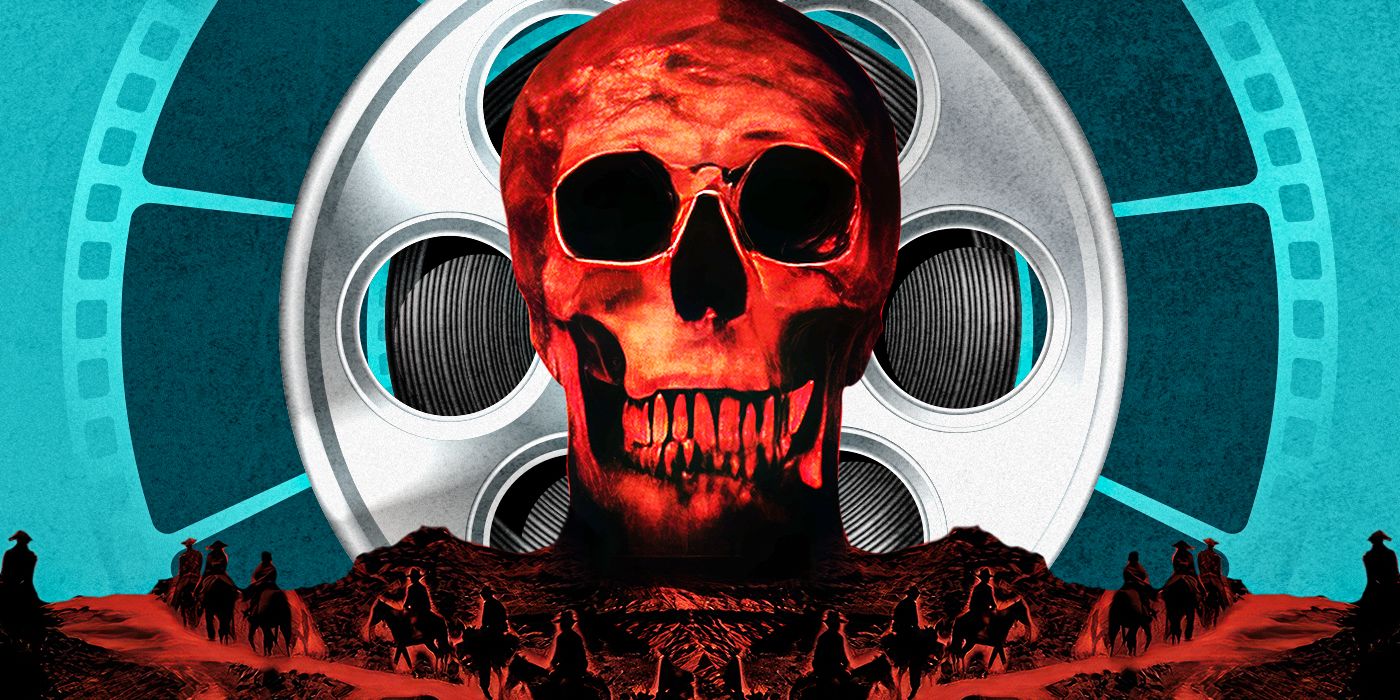The Big Picture
- Lars von Trier’s
The House That Jack Built
is a shocking and disturbing film that uses violence as a tool to explore the limits of art and freedom of speech. - The movie’s explicit violence and bleakness make it almost unbearable to watch, challenging the audience to question their enjoyment of horror movies.
- The film delves into a deep philosophical debate about the nature of art, with the titular character seeing his sadistic actions as works of art, while others argue for a more compassionate approach.
It’s no news Lars von Trier is a provocative filmmaker who enjoys making the public squirm, and all of his movies have stories of people walking out of theaters in disgust. In the case of The House That Jack Built, more than a hundred people left the film’s premiere at Cannes, disturbed by the graphic images von Trier crafted for his serial killer story. Since then, The House That Jack Built has been highly criticized for its crude depiction of violence, even though most people only watched the non-director-cut version of the movie, which softens up some of its distressing scenes. However, while von Trier definitely wants to shock the public with The House That Jack Built, the movie is not all shock value. That’s because von Trier uses violence as a tool to discuss the limits of art and freedom of speech, simultaneously forcing the audience to question why so many people love horror movies.
The House That Jack Built
In five episodes, failed architect and vicious sociopath Jack recounts his elaborately orchestrated murders — each, as he views them, a towering work of art that defines his life’s work as a serial killer in the Pacific Northwest.
- Release Date
- October 17, 2018
- Director
- Lars von Trier
- Runtime
- 152 Minutes
What Is ‘The House That Jack Built’ About?
The House That Jack Built stars Matt Dillon as the titular Jack, a wealthy serial killer known in the trades as “Mister Sophistication.” A textbook psychopath, Jack is a narcissistic criminal who lacks empathy and likes to explore other people’s suffering and use it as raw material to create what he views as works of art. Inspired by Dante‘s Inferno, the movie is structured as a dialogue between Jack and Verge (Bruno Ganz), who guides the serial killer through the afterlife after his death. Along the way, Jack recounts the main kills of his prolific career, constantly arguing with Verge about how destruction is a powerful tool to create meaning. As an audience, we watch as the killer refines his methods and forces his victims to play cruel games that become more sordid as the story unfolds. At the same time, Dillon’s calm narration cynically rationalizes Jack’s most despicable actions.
Each flashback in The House That Jack Built helps to flesh out Jack’s twisted psyche, as the killer comes up with increasingly grotesque methods to dispose of his victims. Some of these murders can be stomach-turning, explaining why many people bowed out of screenings before the credits rolled. Unsurprisingly, once The House That Jack Built got a commercial release, the movie was trimmed of some explicit violence in order to dilute its nastiest bits. That doesn’t mean watching the theatrical cut of The House That Jack Built is any less nerve-wracking, as every second of the movie challenges the audience to look away.
‘The House That Jack Built’s Controversial Scenes Are Supposed To Make You Uncomfortable
Cinema, and especially horror, is no stranger to explicit violence. Since the release of Eli Roth’s Hostel, torture horror has experienced a rise in popularity, and the entirety of the French Extremity movement is determined to push the boundaries of how unnerving a film experience can be. So, at first glance, The House That Jack Built doesn’t have that much more violence than other similar movies. However, von Trier’s story impacted many more people due to the bleakness the director managed to imprint in each frame. Instead of glamorizing violence or using it as an entertainment tool, The House That Jack Built exposes Jack’s thought process in a way that’s impossible to enjoy.
The House That Jack Built is not the kind of movie friends dare each other to watch, laughing about the disgusting but essentially harmless things they witness. Instead, the crudeness of the movie makes the whole experience almost unbearable. At the end of the screening, all people can think of is how von Trier’s movie has somehow damaged their souls. Even so, the fact that so many people are repulsed by the film proves how von Trier invoked the exact feelings this story needs. That’s because The House That Jack Built is actually a complex discussion of the use of shocking images in a work of art.
Lars von Trier Discusses the Purpose of Violence in ‘The House That Jack Built’
During their journey through the underworld, Jack and Verge get entangled in a deep philosophical debate about the nature of the killer’s actions. As a guide to lost souls, Verge is used to people repenting and asking for forgiveness when it’s already too late. Jack, however, doesn’t regret his actions. On the contrary, the pain and suffering he caused others in a meticulously planned way is considered by him the work of a great artist. For Jack, art must be free to destroy life, as there’s beauty to be found even in the most horrendous actions. Verge, on the other hand, defends art as a creation of love. Since life is the maximum condition for art to exist, for Verge, it is impossible to justify the grim destruction of human bodies through a distorted view of beauty.
While Jack and Verge’s conversations might seem confined to the world of fine art, the two characters are discussing things central to horror media in general and to von Trier’s work in particular. As horror fans, we are drawn to the bizarre, and many of us rejoice in the uncensored violence that’s part of so many movies. Jack, then, represents the freedom of speech that justifies some of the most extreme horror stories that ever came to be. Verge, in turn, is the necessary self-criticism creators and consumers of horror must have so that shock value doesn’t trump the value of life itself. It’s hard to argue with Jack that destruction can be a powerful element in a work of art, and some of our favorite horror movies wouldn’t be the same without the explicit violence they use to shed light on the darkest corners of the human soul. Yet, it’s dangerous to glorify violence without purpose, as if the act of destruction was in itself something to be praised.
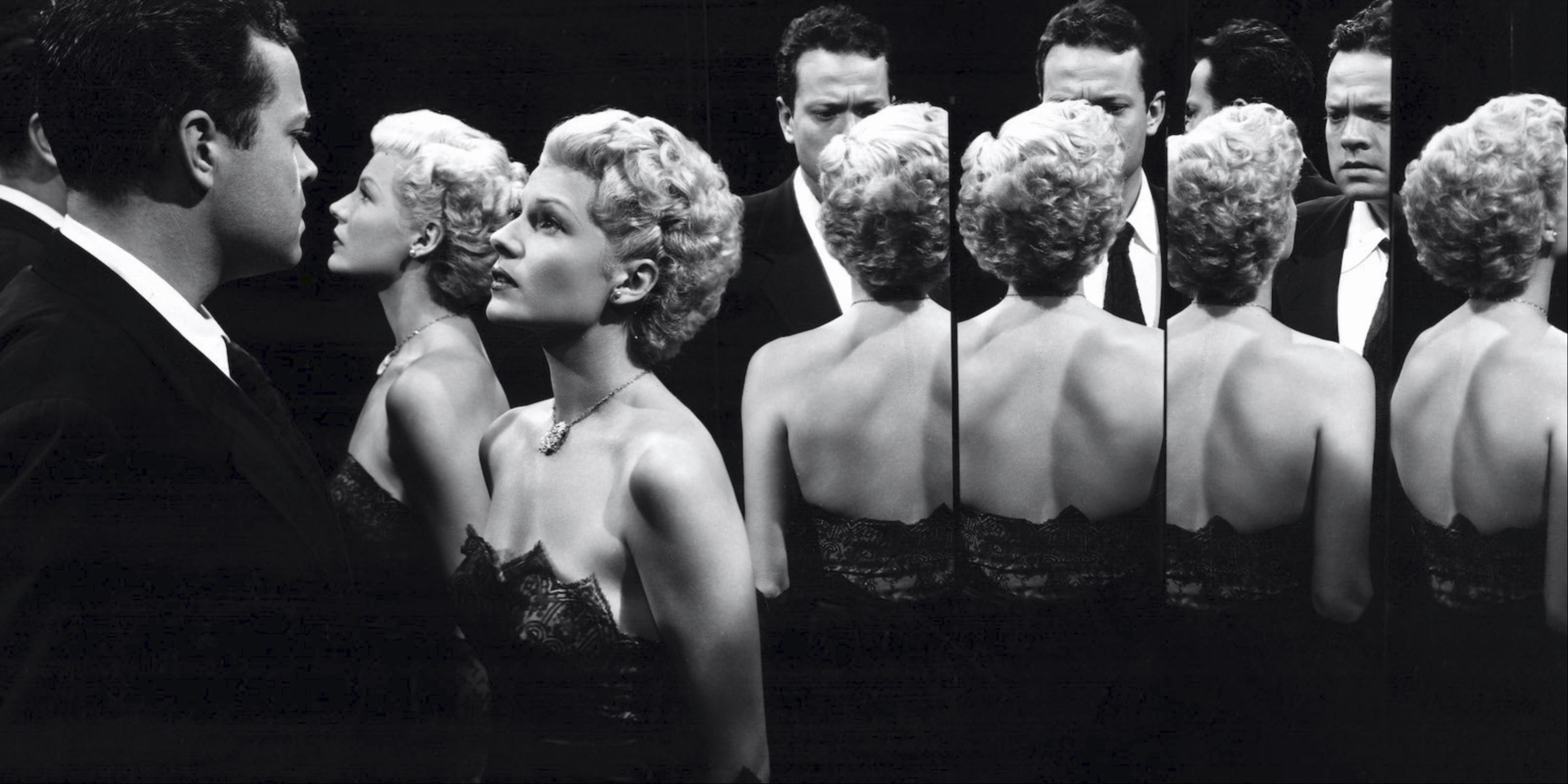
10 Great Movies Recommended by Lars von Trier
Lars von Trier has great taste in films.
The House That Jack Built revolves around a complicated subject in art productions that has been around for millennia. That’s why the discomfort caused by the film’s most challenging scenes is so important for the movie’s message. Jack has plenty of time to explore at length his twisted worldview, and his rational discourse makes it hard to argue against the artistic freedom he champions. At the same time, to witness the ultimate consequences of Jack’s convictions is so gut-punching that it’s impossible to sympathize with the killer.
Thanks to The House That Jack Built’s explicit violence, von Trier prevents Jack from being anything other than cold and cruel. The violence, then, becomes an important tool since it reminds the audience, at all times, that the man who speaks to us does not deserve admiration and his distorted way of seeing the world needs to be questioned. In the case of shocking movies such as von Trier’s filmography or so many horror movies we love, The House That Jack Built makes a violent statement about the need to defend freedom of speech, but not at the cost of other people’s suffering.
The House That Jack Built is available to rent on Prime Video in the U.S.
RENT ON PRIME VIDEO

